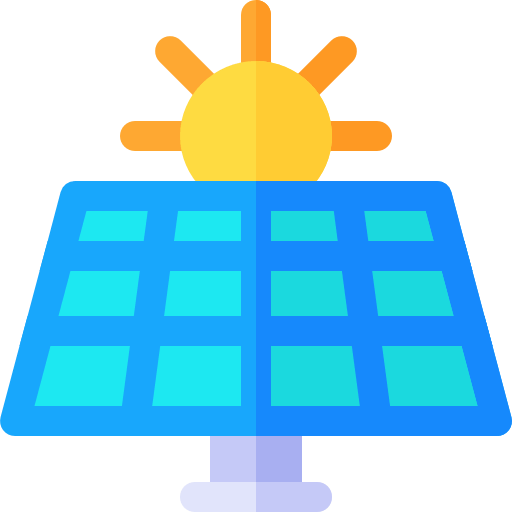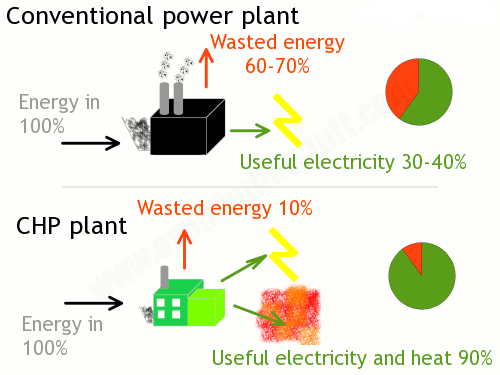
Wind
Pre-feasibility Desk-top Study
If you're thinking about installing a small or medium-sized wind generator at your home or business, it makes sense to get some idea of how much power you can expect.
The precise determination of the wind resource at a given site is one of the most important aspects in the development of a wind energy project.
For large-scale projects a project developer would normally take at least a full year of wind measurements at the exact location where the wind energy project is going to be installed, but this is expensive. A pre-feasibility study will indicate whether a proposed wind energy project could be financially viable, saving unnecessary expenditure and time.
For very small-scale projects (e.g. off-grid battery charging and water pumping), the cost of wind monitoring could actually be higher than the cost to purchase and install a small wind turbine. In this case a detailed wind resource assessment would normally not be completed.
< Back to top
More...


